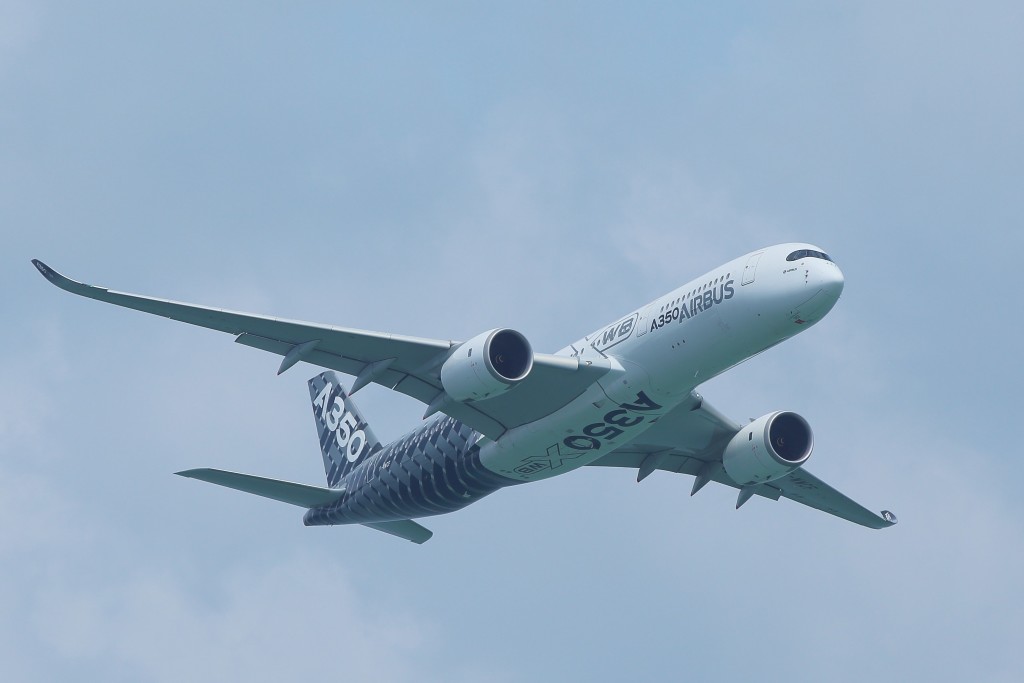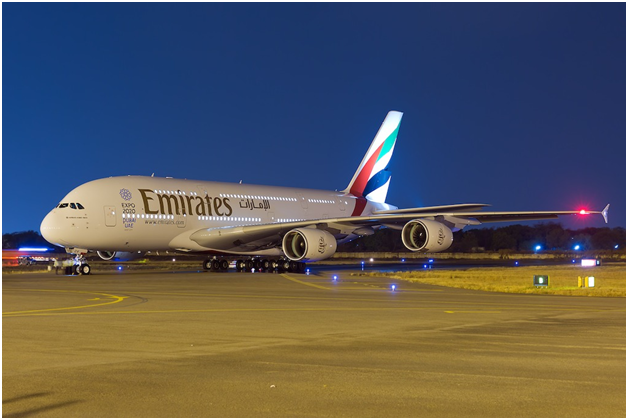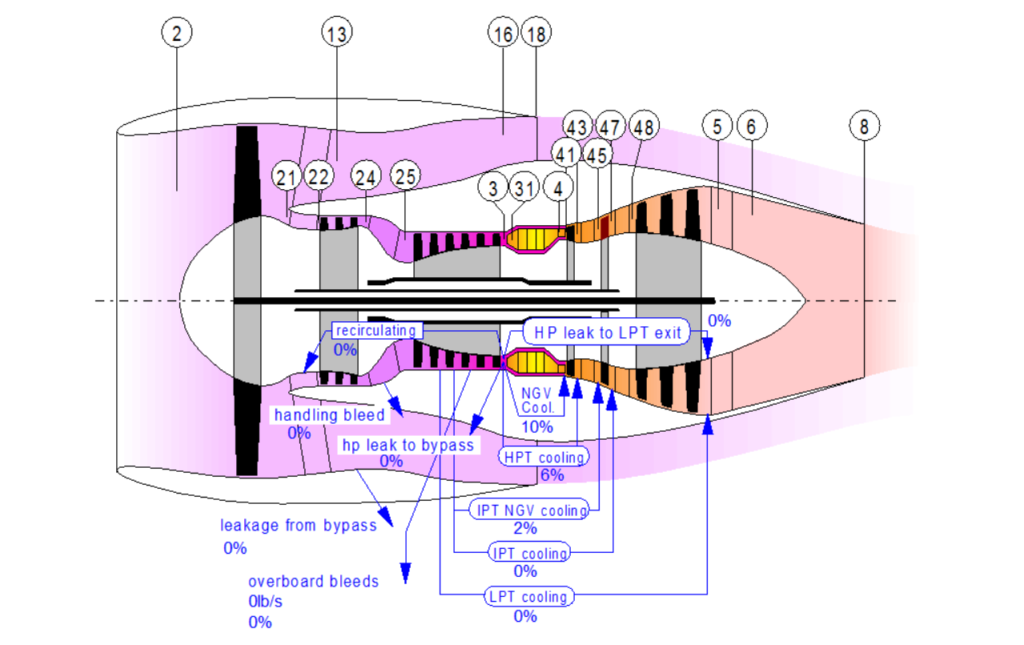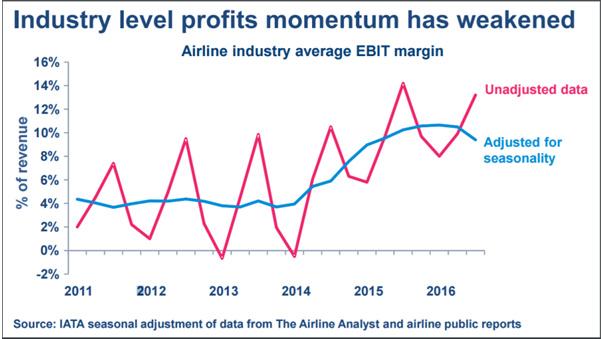Leeham News and Analysis
There's more to real news than a news release.
Bjorn’s Corner: Aircraft engine maintenance, Part 4
March 24, 2017, ©. Leeham Co: After covering the maintenance market for single-aisle engines, time has come for the engines used on wide-body aircraft. The engine maintenance for a wide-body engine is a bit different to the single-aisle engine. The difference is caused by the longer flight times for the wide-bodies. This makes the flight time wear a more dominant maintenance driver than it is for the single-aisle engines.
The changes in overhaul work caused by the difference in flight profiles and the lower number of engines in the market (compared to the single aisles) will affect how the overhaul market is structured and who are the dominant players.
Major fleet decisions may not be positive for Airbus, Boeing
Pontifications is off this week.
Subscription Required
Introduction
March 20, 2017, © Leeham Co.: There are some major fleet decisions that will probably come down the pike this year at American, Delta and United airlines. Not all of them are going to be viewed positively by Airbus and Boeing.
 There is also a serious warning sign emerging from the Middle East that could have serious, negative impacts on Airbus and Boeing.
There is also a serious warning sign emerging from the Middle East that could have serious, negative impacts on Airbus and Boeing.
Summary
- American Airlines doesn’t want its Airbus A350-900s any more. Consolidation with US Airways appears to have made these surplus.
- Delta Air Lines, which so far eschewed any orders for the Airbus A320neos and Boeing 737 MAXes, is understood to be readying a Request for Proposals to be issued this year.
- United Airlines doesn’t want its Airbus A350-1000s any more. Picking up cheap Boeing 777-300ERs appear to have made these surplus.
- Emirates Airlines, reacting to Brexit and Donald Trump’s travel bans, is undertaking a full business review in response to a sharp drop in bookings.
Singapore 777-9 order pressures, but does not kill A380
Feb. 16, 2017, © Leeham Co.: Last week’s order by Singapore Airlines for 20 Boeing 777-9s and 19 Boeing 787-10s immediately was viewed by some as the death

Boeing 777-9.
knell for the Airbus A380.
The 777-9 order would start the final spiral down for the A380, some contend.
This overstates the case and misunderstands the nature of the order.
The A380 is in trouble, there no doubt about that. The 777-9 is putting pressure on the A380. There’s no doubt about this, either. But the contention the Singapore 777-9 order sends the A380 on a death spiral is wild fantasy.
An Airbus official appears today at the annual conference of the Pacific Northwest Aerospace Alliance (PNAA) in Lynnwood (WA). Undoubtedly, he will maintain the party line that the future of the A380 is solid. This, too, overstates the case. There can be a future for the airplane, but some major decisions must be made.
A380, from flagship to LCC mass transport
By Bjorn Fehrm
January 23, 2017, ©. Leeham Co: The Airbus A380 was introduced as the flagship aircraft for an airline’s fleet. Legacy carriers with a large long-haul network introduced the aircraft on the routes with the most traffic in the network. After an initial rush of inductions, only Emirates continued to buy the aircraft in larger numbers. The aircraft had become too large for the airlines which sought frequency over capacity at their hub airports.
Airbus and its leasing partner, Amedeo, are convinced the aircraft will have a second spring when airport congestion has grown in the next decade. Until then, both are seeking the market niches that will keep production at minimum one aircraft per month.

We sat with Amedeo’s CEO, Mark Lapidus, at the Air Finance Journal conference in Dublin to find out what market will require a new or used A380. Lapidus has spent the last two years in meetings with the world’s major airlines, discussing all aspects of operating an A380. He presented some surprises.
A380 cost analysis
Subscription Required
Introduction
Jan. 23, 2017, © Leeham Co.: In a sister article, we will describe how Airbus A380 might change from a flagship aircraft for legacy carriers to a competitive tool for long-range LCCs.
This change of the A380’s profile is based on bringing cabin densities to the levels of other long haul aircraft. We have historically made detailed operating costs studies of the A380 versus other large long-haul aircraft.
With the possible change in the aircraft’s operating profile, we decided to update the study with the A380ceo pitted against its main competitors, Boeing’s 777-300ER and 777-9. Different from the previous study, we now compared all aircraft in a higher density, two-class seating.
Summary:
- The A380neo is pushed out in time for now. Airbus has instead started a cabin density program.
- We update the study of A380 versus its main competitors to see if the cabin changes goes far enough.
- In the last study, the A380 had lower seat mile cost than 777-300ER but was beaten by the 777-9.
- We check if a denser cabin makes the A380 competitive with the 777-9
Is Emirates in trouble?
Introduction
Jan. 12, 2017, © Leeham Co.: There are a growing number of articles around the Emirates airline that points to recent weaknesses in the airline’s operating model. Here are just two:
- “Is Emirates Airline running out of sky” asks Bloomberg?
- Is the Emirates Airline Growth Story at An End? writes Forbes.
We decided it was time for a deeper look at this locomotive from the Arab Emirates. Is Emirates in trouble? How solid is it?
 We studied the economics for the last decade and took a deep look at the fleet needs, including, has Emirates committed to too many aircraft being delivered over the next several years?
We studied the economics for the last decade and took a deep look at the fleet needs, including, has Emirates committed to too many aircraft being delivered over the next several years?
They have just deferred Airbus A380’s for the first time. Used to be they could not get them fast enough?
Summary:
- Emirates has been profitable since start 1985.
- Its unprecedented growth in revenue and passengers has slowed down.
- The low fuel price has kept profits up for now, but yield and load factors are down.
- With a flexible fleet structure and a strong balance sheet Emirates has a strong position to weather any storm going forward.
2017, a tougher year for European airlines?
By Bjorn Fehrm
January 5, 2017, ©. Leeham Co: The last two years have seen increased profits for the airline industry. Lower priced fuel gave the industry time to breath and to finally earn a reasonable Return on Invested Capital (ROIC).
Earnings as a percent of revenue for the industry has been increasing from 5% on a worldwide basis in 2014 to around 10% for 2016, Figure 1.
The US and European airlines have been topping the earnings with 18% on revenue for the third quarter of 2016. There are many signs this will not continue in 2017, especially for European airlines. Read more
Analyzing the Top Customers for Airbus and Boeing
Subscription Required
Introduction
Jan. 4, 2017, © Leeham Co.: The top 25 Airbus customers that are identified account for 63% for the current backlog, an analysis of the company’s order list shows.
For Boeing, its Top 25 customers account for 69% of its identified backlog.
Both companies have hundreds of Unidentified orders for which no customer is disclosed.
Summary
- “China Inc.” is Boeing’s #1 identified customer and #3 for Airbus.
- Two low cost carriers are the first and second top customer for Airbus.
- Three low cost carriers follow “China Inc.” as Boeing’s Top Customers.
- Boeing’s Top 3 wide-body customers are in the Middle East, where financial and traffic results are beginning to soften.
- Three of Airbus’ Top 5 customers are also from the Middle East. The other two are from Asia.
- Boeing has 54% of the market share among the Top wide-body customers. Airbus has a 54% market share in the narrow-body sector.
Pontifications: Embraer, contrary to others, looks to momentum in 2017
Jan. 3, 2017, © Leeham Co.: Airbus, Boeing and Bombardier look toward 2017 as a bit of a punk year, as detailed in our Look Ahead for subscribers only. Not so by Embraer.
In an exclusive interview, John Slattery, the president of Embraer Commercial, said EMB will gain “momentum” this year. This is at a time where sales at the other three of the Big Four OEMs are expected to slow off an already slow 2016.







Norwegian, others have vision; US airlines don’t
Subscription Required
Introduction
Dec. 5, 2016, © Leeham Co. Last weeks’ approval by the US Department of Transportation of a license for Norwegian Air Shuttle to operate long-haul, low-cost service to and from the US drew immediate fire from labor unions over anticipated US job losses.
Iceland’s Loftleider Airlines, one of the first trans-Atlantic low-cost carriers. Photo via Google images.
But their view is too narrow.
It means more jobs for Boeing and its supply chain, which are also heavily unionized. It means benefits to US exports.
But overlooked is the next evolution in long haul travel that starts next year.
Summary
Read more
Leave a Comment
Posted on December 5, 2016 by Scott Hamilton
Airbus, Airlines, American Airlines, Boeing, Delta Air Lines, Emirates Airlines, Leeham News and Comment, Premium, United Airlines
737-8, 737-800, 737-9, 737-900ER, 767, 787, A321LR, A321NEO, A330, Airbus, American Airlines, Boeing, Delta Air Lines, Icelandair, Laker Airways, Loftleider, SkyTrain, United Airlines